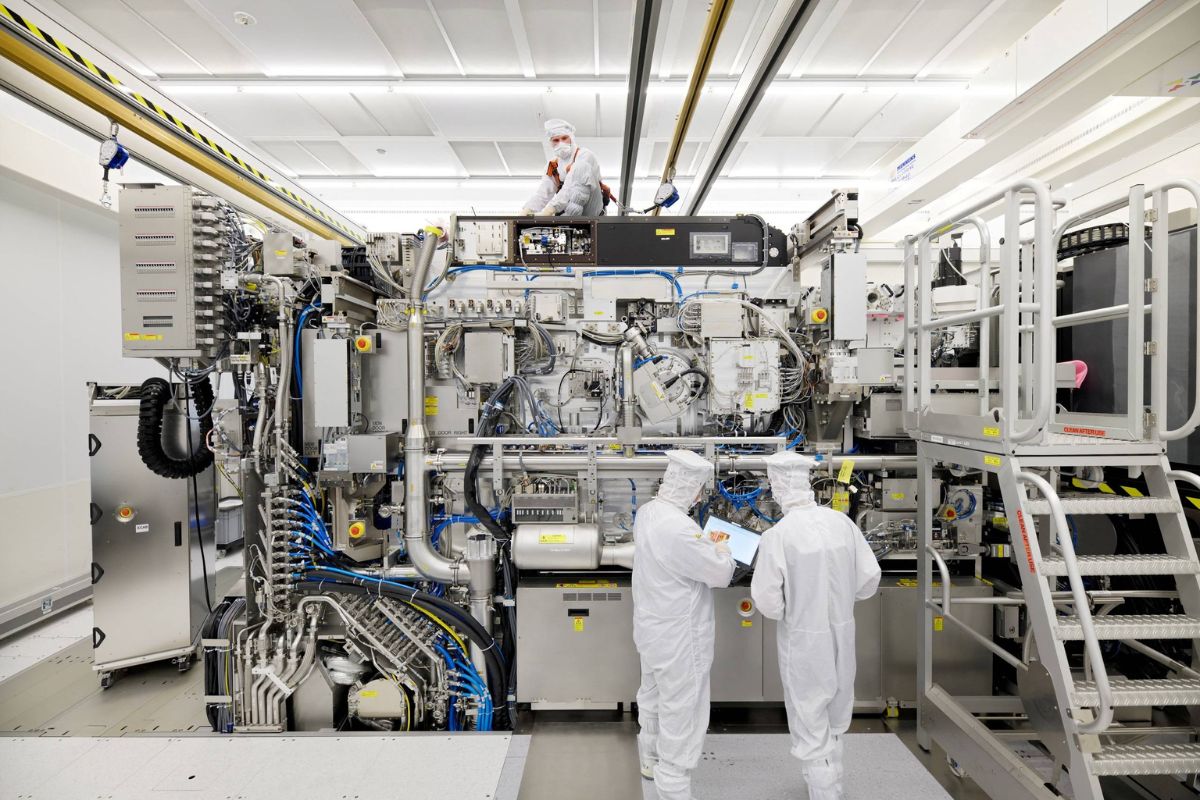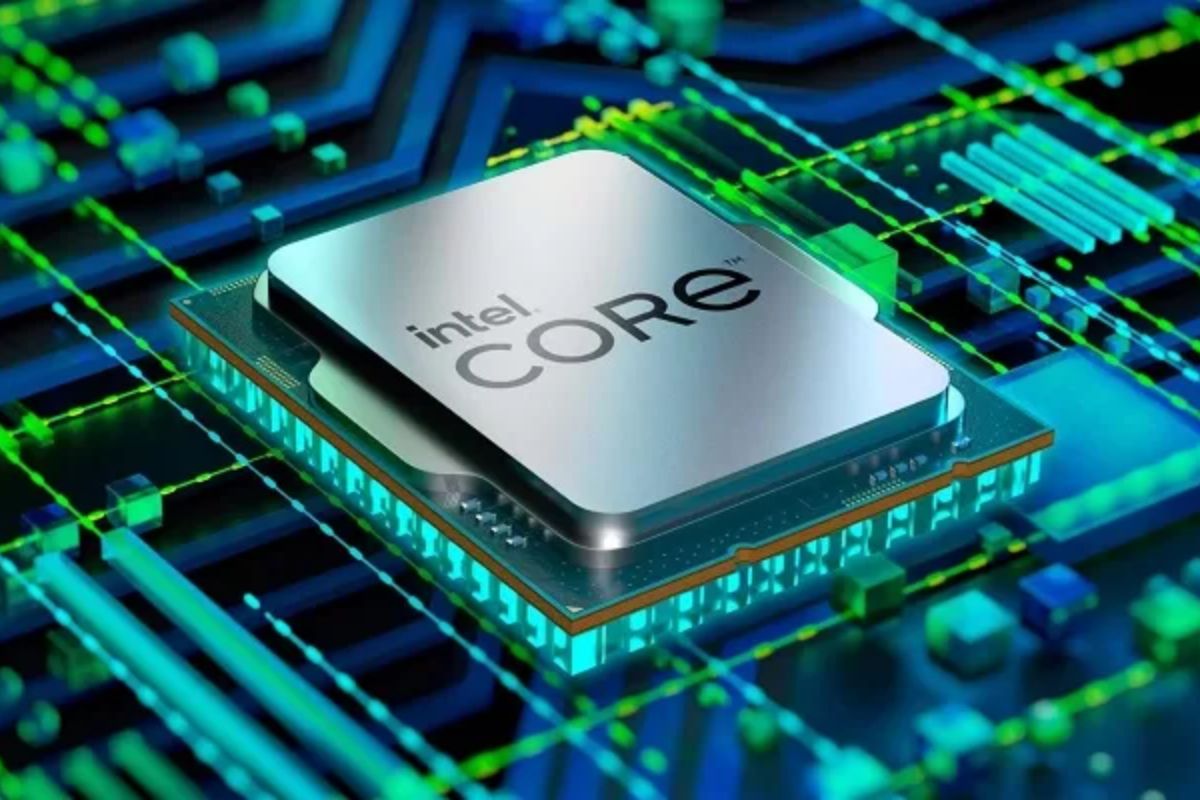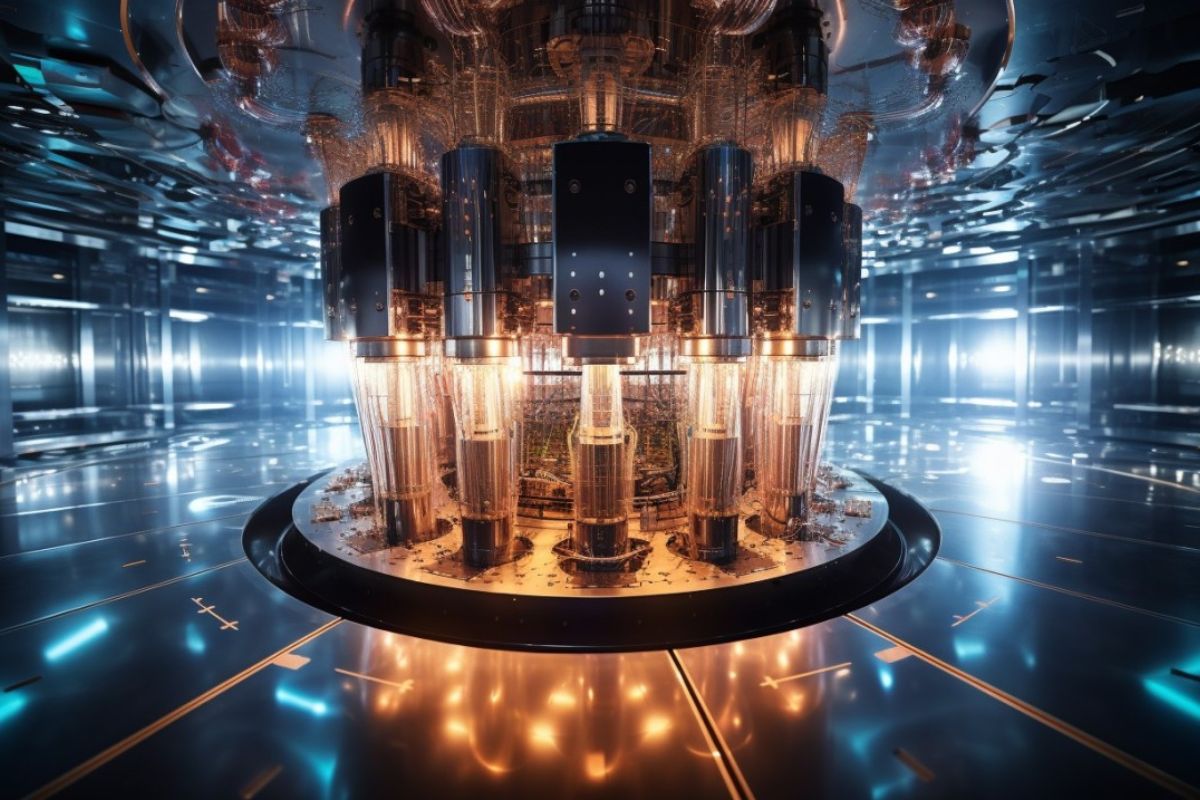ASML’s Quantum Leap: ASML’s recent achievement of successfully demonstrating ‘First Light’ with their High Numerical Aperture (NA) EUV lithography system has sent ripples through the semiconductor industry. With the promise of unprecedented resolution and precision, this breakthrough marks a significant leap forward in chip manufacturing technology.
Intel’s pivotal role in advancing this technology and the potential widespread adoption of High NA EUV tools hint at a transformative era ahead. The implications of this advancement are profound, hinting at new possibilities and capabilities that could redefine the future of technology.
ASML Achieves Milestone with High NA EUV Lithography System
Breaking through barriers of conventional lithography systems, ASML has achieved a monumental milestone with its High NA EUV lithography system, propelling the semiconductor industry into a new realm of possibilities.
This breakthrough signifies a quantum leap in chip manufacturing technology, paving the way for smaller, faster, and more powerful chips. ASML’s High NA EUV tools, with their cutting-edge capabilities, promise to revolutionize the way semiconductor components are produced.
The system’s successful ‘first light’ phase, though not yet at full operational capacity, demonstrates its incredible potential to redefine the industry standards. Ann Kelleher’s revelation at the SPIE lithography conference has set the stage for a new era in semiconductor fabrication, with ASML leading the charge towards innovation.
Also Read: ASML Flags Ongoing Risks: Geopolitics and Export Challenges Persist
The sheer magnitude of this achievement, coupled with the astronomical cost and size of the High NA EUV lithography system, underscores its importance in shaping the future of chip manufacturing. ASML’s relentless pursuit of excellence has brought us to the brink of a technological revolution that will undoubtedly leave a lasting impact on the semiconductor landscape.
Intel’s Role and Industry Adoption of High NA EUV Tool
Intel’s pivotal role in embracing ASML’s High NA EUV lithography system marks a significant turning point in the semiconductor industry’s adoption of cutting-edge chip manufacturing technology. With Intel’s plans to incorporate the tool in its 14A generation of chips, the industry is witnessing a monumental shift towards more advanced and efficient production processes. This move not only solidifies Intel’s commitment to innovation but also sets a new standard for competitors like TSMC and Samsung, who are expected to follow suit within the next five years.
| Intel’s Role in Adopting High NA EUV Tool | Industry Impact | Timeline for Adoption |
|---|---|---|
| Embracing cutting-edge technology | Setting new standards for efficiency and innovation | Within the next five years |
| Leading the industry forward | Encouraging competitors to keep pace | Future-proofing chip production |
| Committing to transformative potential | Establishing a new era in chip manufacturing | Driving industry-wide adoption |
Intel’s proactive approach in integrating ASML’s revolutionary technology not only propels them ahead in the semiconductor race but also catapults the entire industry into a new era of possibilities.
News In Brief
ASML, the semiconductor industry leader, has achieved a monumental breakthrough with its High Numerical Aperture (NA) EUV lithography system, showcasing ‘First Light.’ This accomplishment signifies a quantum leap in chip manufacturing technology, promising smaller, faster, and more powerful chips. Intel, a key player, plans to adopt the High NA EUV tool for its 14A generation of chips, setting new efficiency and innovation standards. This move is anticipated to influence industry competitors, including TSMC and Samsung, expected to embrace similar technology within the next five years. ASML’s groundbreaking achievement, coupled with Intel’s proactive integration, marks a transformative leap forward in semiconductor fabrication, shaping the future of chip production.



